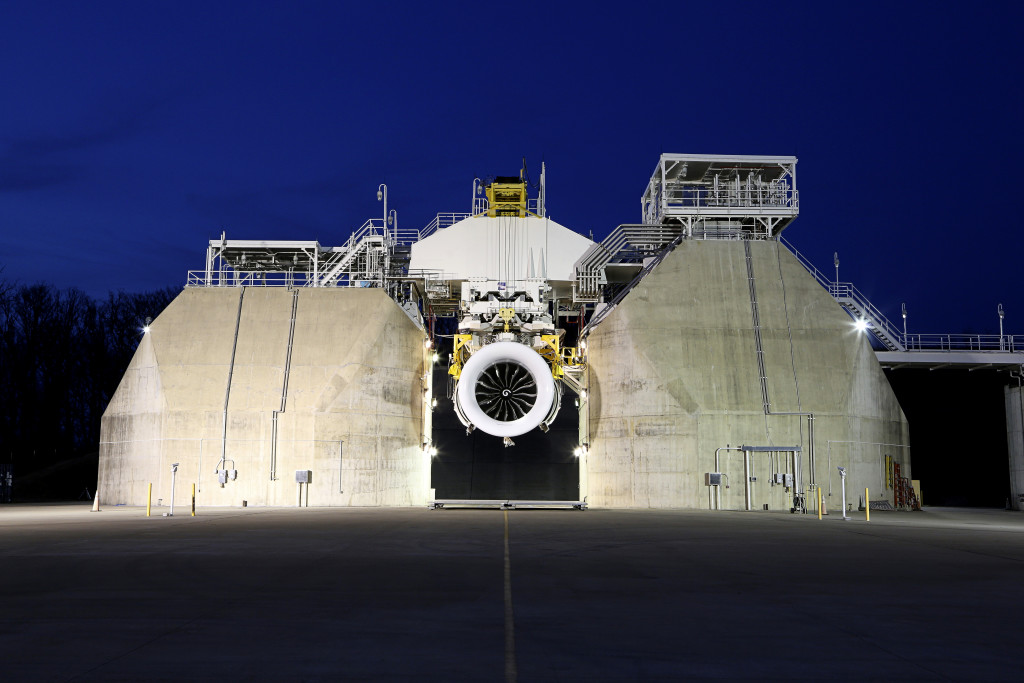gadeshi
Senior Member
- Joined
- Jun 19, 2013
- Messages
- 9,223
- Likes
- 6,636






Oh, sorry....my bad. I meant Naval Proton Gun.Khm... Donno what Proton do you mean...
There is Proton-M heavy class space rocket, but ship...
This is some satanic bullshitOh, sorry....my bad. I meant Naval Proton Gun.
http://www.thecommonsenseshow.com/2015/11/30/america-has-no-answer-for-russias-new-super-weapons/






GE designed the behemoth specifically for the Boeing777X widebody airliner expected to take flight in 2020. The engine uses 3-D printed components, composite materials, and redesigned fan blades and air routing to deliver a staggering 10 percent increase in fuel efficiency without sacrificing power or reliability. That’s a Herculean feat in a field where engineers would step over their own mothers for a one percent bump.
Bigger is better here mostly for the sake of efficiency and noise. A larger fan draws more air with less energy, as long as you’re mindful of the aerodynamics and keep weight to a minimum. Larger fans make for quieter engines, too, because they distribute airflow over a greater area. GE wants to send as much air as possible around the engine’s core rather than through it. Engineers call that bypass flow. Bigger fans make it possible. The GE9X boasts a bypass ratio of 10:1, compared to the old engine’s 7.5:1.
(This also explains why fighter jets are so loud: They’re basically engine cores with wings, and their engines use small bypass ratios so they fit within smaller airframes. This also is good for power but terrible for fuel efficiency.)
GE engineers designed carbon fiber blades to minimize weight, and some aerodynamic tweaks to increase their ability to withstand high-speed airwaves during flight. “We modeled huge blades to pull massive amounts of air into the engine while operating at low noise levels,” says project leader Chuck Jackson.1 “Traditional titanium blades at this size would have added too much weight.”
The goal of the Solar Impulse 2, which doesn't use fuel or release polluting emissions, is to prove the benefits of solar technology and help wean the world off its reliance of fossil fuels. The pilots are on a quest to complete the first around-the-world trip in a solar plane. The 5,500-pound plane, which travels about 47 miles per hour, is powered by 17,248 solar cells built on the wings. They convert sunlight into electricity to power the four electric engines and propellers.




